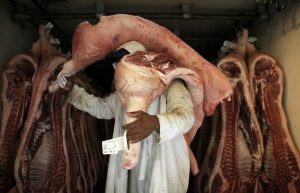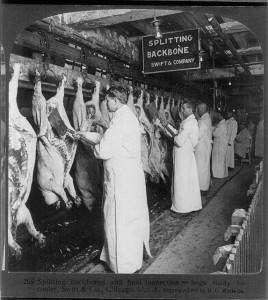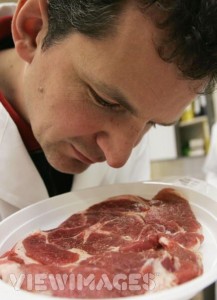Brazilian police made new arrests Monday in a probe into a tainted meat scandal that first erupted last year — this time targeting laboratories accused of covering up salmonella in products from food giant BRF.
 “The investigation showed that five laboratories and the company’s analysis departments falsified results” shown to health inspectors, the federal police said in a statement.
“The investigation showed that five laboratories and the company’s analysis departments falsified results” shown to health inspectors, the federal police said in a statement.
Agriculture Ministry representative Alexandre Campos da Silva said the department received 410 notifications of salmonella presence from 12 countries that imported the meat in question last year — 80 per cent of which were in the EU.
Monday’s operation — the third since the scandal was uncovered — involved 270 police officers and 21 health agents across five Brazilian states.
Federal police commissioner Mauricio Boscardi Grillo said 10 of 11 people targeted with arrest warrants were detained, including former CEO Pedro de Andrade Faria.
BRF is one of the largest food companies in the world, exporting products, primarily meat, to over 120 countries.





.jpg) management oversight of poorer performing meat plants. The process makes it clear which plants need to improve their standards to ensure risks to public health are kept to a minimum.
management oversight of poorer performing meat plants. The process makes it clear which plants need to improve their standards to ensure risks to public health are kept to a minimum. operations by using in-plant video monitoring.
operations by using in-plant video monitoring.